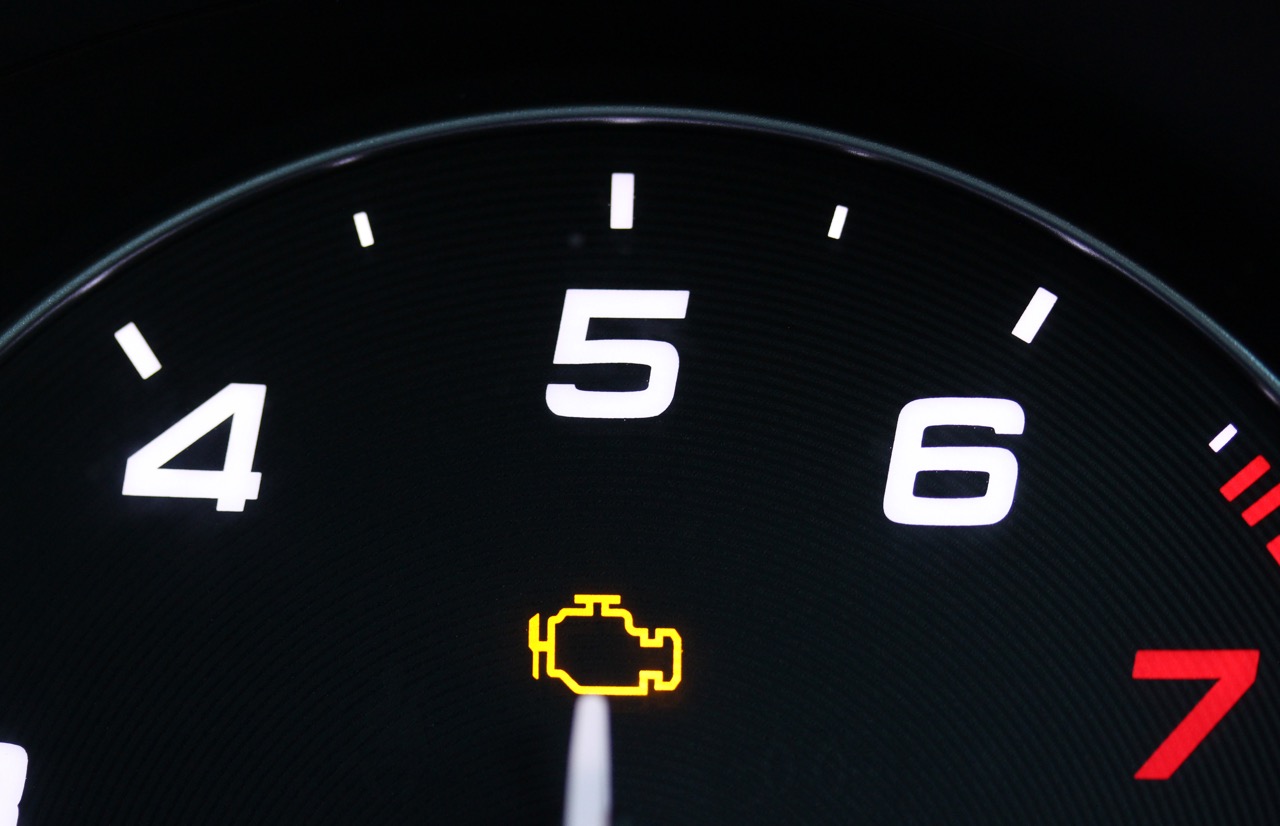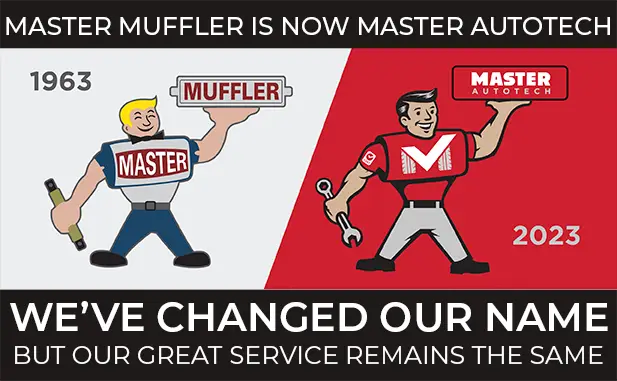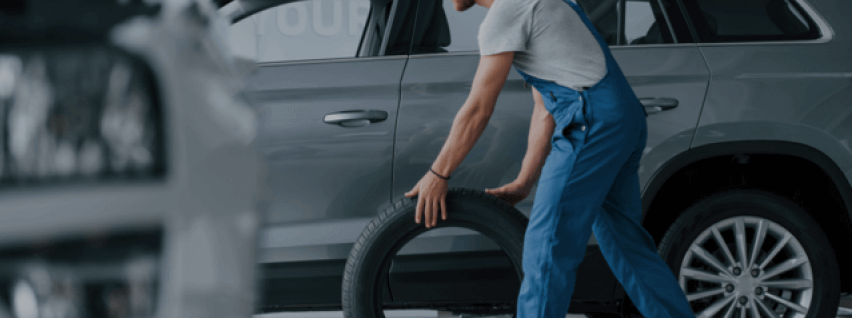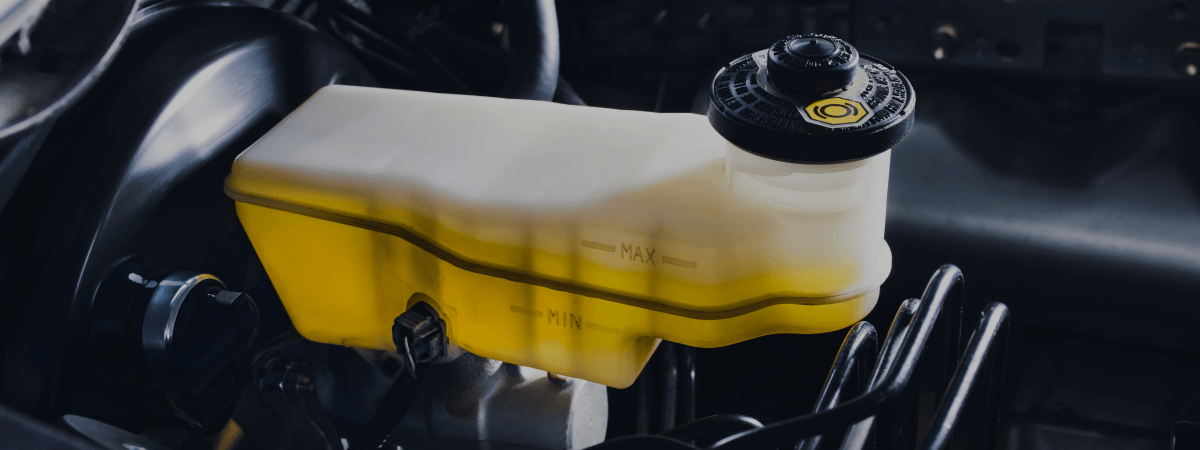
When a check engine light comes on, even the most peaceful people can start to panic. If this happens to you, don’t let it ruin your day, because it really might not be a big deal. Don’t delay though, because doing so could be detrimental. If your check engine light comes on, take a breath and then follow these three easy steps:
1. Determine The Urgency
Your check engine light will light up differently depending on how dire the damage might be. Pay attention to what it is telling you to determine your next steps and minimize the damage.
- Solid: If your engine symbol is constantly lit, it indicates that the situation is not urgent. You should still get your vehicle diagnosed at your local auto repair shop as soon as possible to avoid more costly impairments, but you should be okay to drive it there.
- Flashing: If your symbol is flashing, or in some cars, lighting up red or orange instead of yellow, stop your car immediately and tow it to a mechanic. This may save vital parts of your engine so you can get up and running again with ease.
2. Check Your Gas Cap
A loose gas cap can trigger your check engine signal. If your light is solid or yellow, pull to the side and ensure it’s screwed on tightly before proceeding further and wasting your time and energy. If the warning light shuts off, pay close attention to your vehicle’s performance afterward.
If you don’t notice any strange sounds, surges, or stops, your gas cap was likely the culprit and you can safely continue cruising. On the other hand, if it stays lit or you notice something fishy about your vehicle’s performance, pull over as soon as possible or drive slowly and steadily to a repairman while trying to avoid shifting gears.
3. Visit Your Local Auto Shop
Your check engine light is an important part of your car’s built-in diagnostic system, and it can come on for countless reasons. These include problems with your: engine, transmission, emissions equipment, electrical and ignition systems, and air or fuel delivery. Whatever the case may be with your vehicle, put it in good hands as soon as you can.
Your trusted local auto repairman should be able to diagnose the problem right away, and the quicker you see him, the more you will minimize the damages. Since you likely won’t know what triggered the light until you get there, it’s smart to visit a shop with a wide area of expertise.
Your check engine light might stress you out, but it’s only there to help. Heed its warning and don’t take any chances. As long as you follow these steps and select the right professional to diagnose and repair your issue, you should be back out on the road in no time.
Related Posts
Key Takeaways On average, passenger vehicle tires last 40,000 to 60,000 miles, depending on type, driving habits, and maintenance. Replace tires when tread depth reaches 2/32”, if damaged, or older than 10 years. Regular rotation, alignment, and proper inflation extend tire life. Aggressive driving, poor roads, and harsh weather shorten tire lifespan. Take advantage [...]
When you think about car maintenance, you probably focus on oil changes, tire rotations, and maybe even brake pad replacement. But what about your brake fluid? If you’ve ever wondered, “What does brake fluid do?” or “Why is brake fluid important?”, you’re not alone. Brake fluid might not be the most talked-about part of [...]
Is that high-pitched squeal from your brakes driving you—and everyone else—crazy? Don’t ignore it. Squeaky brakes aren’t just annoying, they’re your car’s way of saying something needs attention. Whether you're cruising through Salt Lake City or winding up Idaho’s mountain passes, here’s what’s likely going on, how you can fix it, and when it [...]





